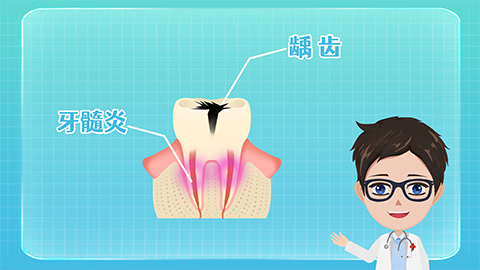What should I do if my tooth has a cavity?
Generally speaking, cavities refer to dental caries (tooth decay), which can be addressed through various methods such as enhanced daily oral care, dental fillings, root canal treatment, inlay restoration, tooth extraction, and crown restoration. Detailed explanations are as follows:

1. Enhanced Daily Oral Care
Improving daily oral hygiene helps control the progression of dental caries. This includes regular brushing, using fluoride toothpaste, reducing sugar intake, and rinsing the mouth promptly after eating.
2. Dental Fillings
If the cavity is small and has not affected the dental nerve, the dentist will remove the decayed tissue inside the cavity and then fill it with materials such as resin or glass ionomer to restore the tooth's normal shape and chewing function.
3. Root Canal Treatment
Root canal treatment involves cleaning out the infected material within the root canal, eliminating inflammation, filling the canal with dental filling materials, and finally placing a dental crown to protect the tooth and prolong its lifespan. This treatment is suitable for cases where the cavity has reached the dental nerve, causing toothache.
4. Inlay Restoration
If the cavity is large or the tooth is severely damaged and cannot be restored through simple fillings, the dentist will customize a suitable inlay made of metal or other materials based on the size and shape of the cavity. The inlay is then fitted into the cavity to restore the tooth's shape and function.
5. Tooth Extraction and Crown Restoration
If the decay is severe, the tooth is no longer worth preserving, or the tooth structure is severely compromised after root canal treatment, the affected tooth can be extracted under a doctor's guidance. Subsequently, chewing function and aesthetics can be restored through methods such as crown restoration, effectively eliminating the source of infection and preventing the spread of inflammation.
If you have any questions or discomfort, it is recommended to seek timely medical attention and follow the dentist's advice for treatment.





